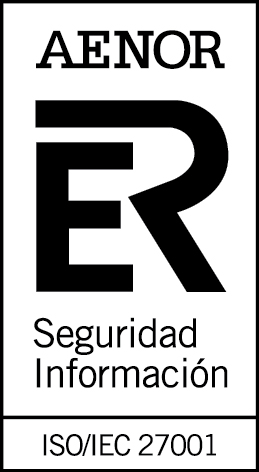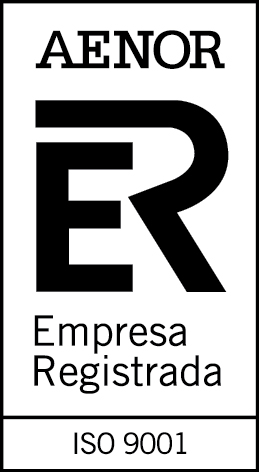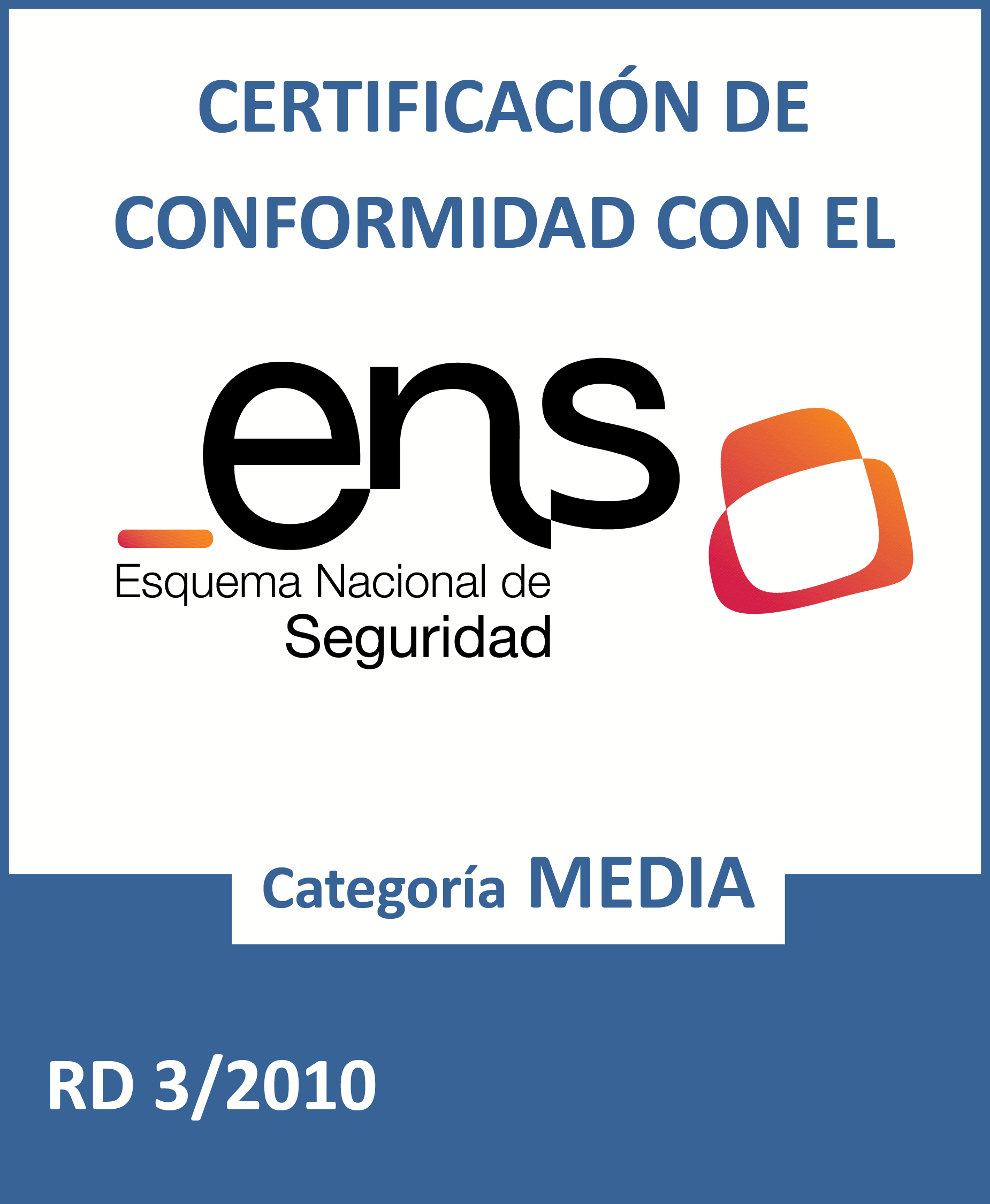Overview of Spanish legislation on the reuse of public sector information
Fecha de la noticia: 10-02-2016

In recent years, Spain has seen an authentic whirlwind of legislative action seeking to promote the technological modernization of the public sector. Apart from Law 18/2015 (9th July) which was necessary to modify the 2007 regulations in order to meet the requirements of the European Union, by the end of 2013 a new set of general regulations was passed regarding transparency and access to public sector information. This law not only includes specific provisions of information reuse but stands as the applicable law in those cases not covered by previous legislation.
Given the current technological context of administrative management, there is no doubt that e-administration plays a key role in opening up information according to the standards of interoperability that facilitate the re-use of information. From a legal point of view since 2007, Spain has a very advanced set of rules at international level, which was further modified in 2015 in order to progress in the technological modernization of the public sector.
In spite of the progress and the many initiatives launched to promote the re-use of public sector information in Spain, however, it is still necessary to analyse the role of the Law in the opening up of information by public entities. In this regard, it is particularly important to follow the most advanced international standards such as the principles established by the International Open Data Charter.
Despite the development of Spanish e-administration, in many areas the law still allows the management of documentation on paper . This is one of the main obstacles, which fortunately is set to disappear once the above-mentioned reform act 2015 enters into force. Nevertheless, the real problem is that public administrations are not strictly forced to establish records management systems that facilitate the re-use of data according to technical interoperability criteria and thus fulfil their “public service function”.
Aside from this important shortcoming, PSI legislation is not a good example of regulatory requirements. The use in Law 37/2007 of wordings such as “they shall ensure that documents covered by this Regulation may be reused” or, directed at public sector bodies, “ they shall encourage the availability of documents for re-use while enabling the electronic processing of requests for information reuse” cannot be considered a good example of the obligations that can be legally required by re-users.
The general rules on transparency and good governance have taken only the first step towards reuse of public sector information. In fact, though Law 19 of 9 December 2013 establishes a clear obligation to use electronic means to publish information, it merely sets a preference for reusable formats when public administrations comply with this legal provision. On the other hand, Royal Decree 1495 of 24 October 2011 is a more advanced example of regulation in accordance with the 2013 European reform. This law does stipulate an irrefutable obligation, although it also includes the exceptions and limitations related to access to information covered by general legislation. It should, however, be taken into account that, in cases where documents are not available electronically, persons wishing to reuse data must submit an application, thus possibly delaying the reuse of those data.
Although since 2007 major advances have been made in the legal framework related to access and reuse of public sector information, there are still considerable limitations, shortcomings and gaps which hinder the work and innovation of the infomediary sector. Nevertheless, the provisions analyzed cannot be considered an obstacle for public institutions that are committed to opening up information according to criteria that enables it to be reusable. The Spanish open data catalogue is a clear example of the efforts being made by certain public entities, proving that the legal framework cannot serve as an excuse.











